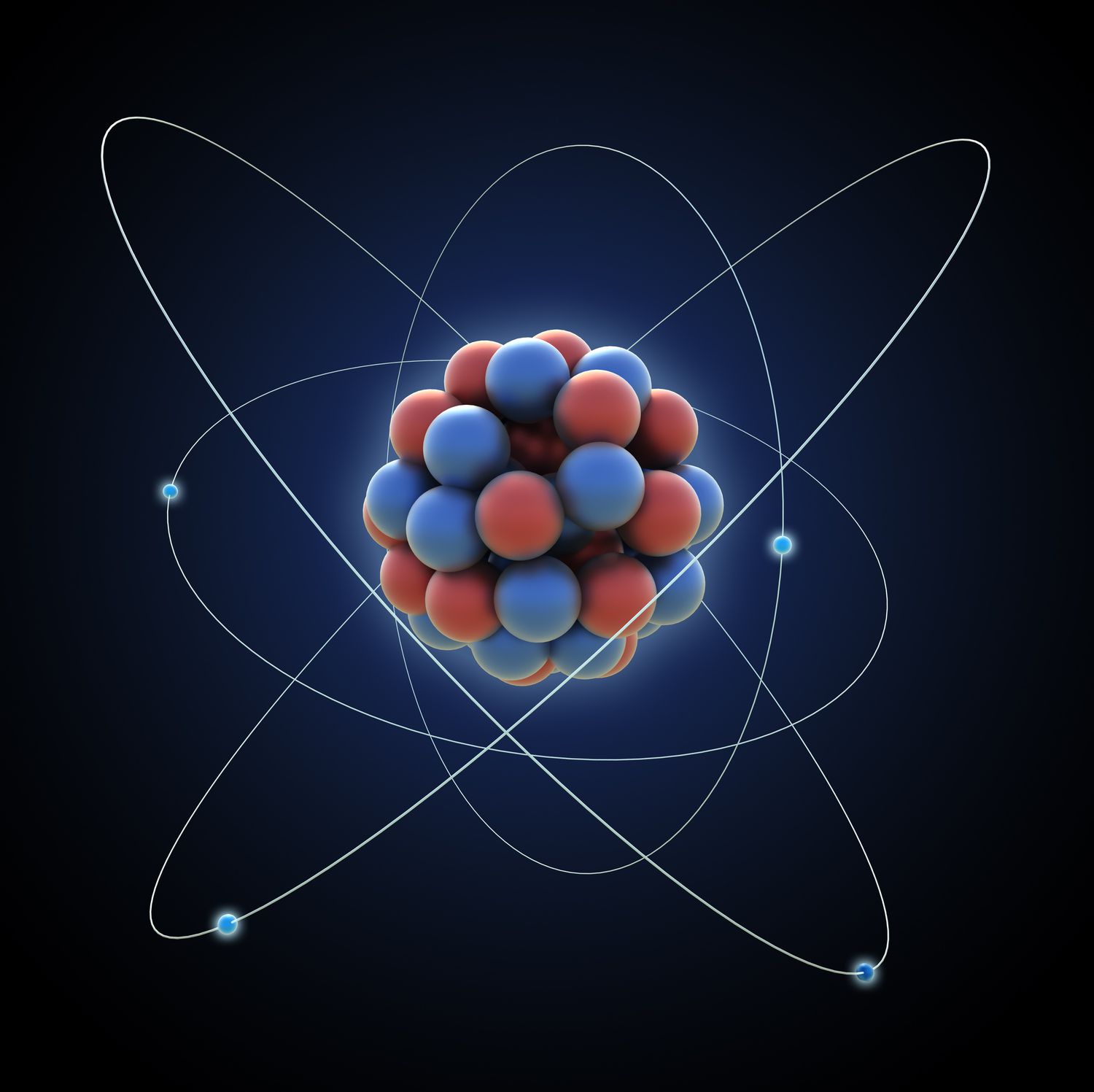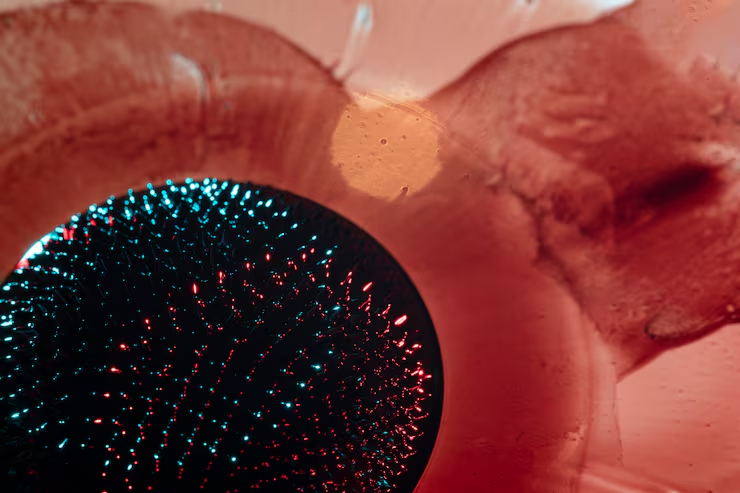Introduction:
Nanotechnology has revolutionized various fields of science and technology, including materials science. Nanostructured materials, such as nano-ferrites and nano-orthoferrites, have gained significant attention due to their unique properties and potential applications. In this blog, we will delve into the methods of synthesis, and different types, and explore the wide range of applications of nano-ferrite and nano-orthoferrite materials.
Methods of Synthesis:
- Sol-Gel Process: The sol-gel process involves the conversion of a sol (a colloidal suspension of nanoparticles) into a gel by hydrolysis and condensation reactions. This method allows for the precise control of particle size and composition, making it suitable for producing uniform nanoparticles.
- Combustion Synthesis: Combustion synthesis involves the exothermic reaction between metal salts and a fuel source, resulting in the rapid formation of nanoparticles. This method is known for its simplicity, cost-effectiveness, and ability to produce nanoparticles with high purity.
- Electrochemical Method: The electrochemical method utilizes an electrochemical cell to deposit metal ions onto a substrate, forming a thin film or coating of nanoparticles. This method offers excellent control over the nanoparticle size and morphology and is commonly used in applications such as sensors and catalysts.
- Hydrothermal Method: The hydrothermal method involves the reaction of metal precursors in a high-temperature and high-pressure aqueous solution. This method allows for the formation of nanoparticles with controlled size, shape, and crystallinity.
- Precursor Route: The precursor route involves the synthesis of metal-organic precursors, which are then subjected to thermal treatment or other processes to obtain the desired nanoparticles. This method offers versatility and control over the composition and properties of the nanoparticles.
- Co-Precipitation: Co-precipitation involves the simultaneous precipitation of two or more metal ions from a solution, resulting in the formation of nanoparticles. This method is relatively simple, cost-effective, and allows for the production of nanoparticles with controlled composition.
- Microemulsions: Microemulsion-based methods involve the use of surfactants to create a stable dispersion of water and oil phases, in which the nanoparticle synthesis occurs. This method offers excellent control over the particle size and distribution and allows for the synthesis of nanoparticles with narrow size ranges.
- Thermal Decomposition: Thermal decomposition involves the decomposition of metal-organic precursors at high temperatures, resulting in the formation of nanoparticles. This method is often used to produce nanoparticles with controlled size, shape, and composition.
These methods provide researchers with a range of options for synthesizing nano-ferrite and nano-orthoferrite materials, each offering unique advantages in terms of control over particle size, morphology, composition, and cost-effectiveness. The choice of method depends on the desired properties and applications of the synthesized nanoparticles.
Problem statement
Most of these methods have achieved particles of the required sizes and shapes, but are difficult to employ on a large scale because of expensive and complicated procedures, high reaction temperatures, long reaction times, toxic reagents and by-products, and potential harm to the environment.
What is our solution?
Invention of Two New Methods
Thermal Treatment Method & Microwave- Thermal Treatment Method
TTm& MTTM
The Thermal Treatment Method (TTM) and Microwave-Thermal Treatment Method (MTTM) are innovative techniques used in the synthesis of nano-ferrite and nano-orthoferrite materials. These methods offer several advantages over traditional synthesis methods.
efficiency
One of the key advantages of TTM and MTTM is their efficiency and speed. The thermal treatment process allows for the rapid synthesis of nanoparticles, reducing the overall reaction time. This efficiency is particularly beneficial for large-scale production.
simplicity
Another advantage is the simplicity and ease of understanding of these methods. Both TTM and MTTM involve straightforward procedures, making them accessible to researchers and scientists with varying levels of expertise. This simplicity allows for easier implementation and reproducibility of results.
Cost-effectiveness
Cost-effectiveness is another significant advantage of TTM and MTTM. The equipment required for these methods is relatively inexpensive, making them more accessible to researchers with limited resources. Additionally, the reduced reaction time and energy requirements contribute to cost savings.
Environmental friendliness
Environmental friendliness is a crucial aspect of modern synthesis methods, and TTM and MTTM excel in this regard. These methods typically operate at lower reaction temperatures, minimizing energy consumption and reducing the carbon footprint. This environmentally friendly approach aligns with sustainable practices in materials synthesis.
Uniform nanoparticle size distribution
Uniform nanoparticle size distribution is essential for many applications, and TTM and MTTM offer this advantage. The controlled heating and thermal treatment process result in nanoparticles with a more uniform size distribution, enhancing their properties and performance.
Low reaction Temperatures
Lastly, TTM and MTTM allow for synthesis at lower reaction temperatures compared to conventional methods. This lower temperature requirement not only reduces energy consumption but also enables the synthesis of materials that are sensitive to high temperatures.
In conclusion, the Thermal Treatment Method (TTM) and Microwave-Thermal Treatment Method (MTTM) offer several advantages in the synthesis of nano-ferrite and nano-orthoferrite materials. These methods provide efficiency, simplicity, cost-effectiveness, environmental friendliness, uniform nanoparticle size distribution, and lower reaction temperatures. These advantages make TTM and MTTM attractive options for researchers and scientists seeking to synthesize these materials for various applications.
Types of Nano-Ferrite and Nano-Orthoferrite:
- Nano-Ferrites:
- Magnetic Nano-Ferrites: These include materials such as magnetite (Fe3O4), cobalt ferrite (CoFe2O4), and nickel ferrite (NiFe2O4). They exhibit excellent magnetic properties and are widely used in applications such as data storage, magnetic sensors, and biomedical imaging.
- Spinels Nano-Ferrites: These include materials such as zinc ferrite (ZnFe2O4), manganese ferrite (MnFe2O4), and copper ferrite (CuFe2O4). They exhibit a high degree of chemical stability, making them suitable for applications in catalysis, gas sensors, and energy storage devices.
- Nano-Orthoferrites:
- Barium Hexaferrite (BaFe12O19): This type of nano-orthoferrite is known for its high coercivity and excellent magnetic properties. It finds applications in microwave devices, magnetic recording media, and permanent magnets.
- Strontium Hexaferrite (SrFe12O19): Similar to barium hexaferrite, strontium hexaferrite exhibits exceptional magnetic properties and is widely used in applications such as magnetic recording, microwave devices, and magnetic sensors.
Applications of Nano-Ferrite and Nano-Orthoferrite:
Nano-ferrite and nano-orthoferrite materials have a wide range of applications across various fields due to their unique properties. Some of the key applications include:
- Electronics and Telecommunications: Nano-ferrite and nano-orthoferrite materials are extensively used in the electronics and telecommunications industry. They are employed in devices such as microwave absorbers, electromagnetic wave shielding, high-frequency transformers, and inductors.
- Biomedical Applications: Magnetic nano-ferrite particles have gained significant attention in the field of biomedicine. They are used in targeted drug delivery systems, where they can be functionalized with specific ligands to target specific cells or tissues. Additionally, magnetic hyperthermia, a therapeutic approach that uses magnetic nanoparticles to generate localized heat to treat cancer cells, is another promising application. Nano-ferrite particles also serve as contrast agents for magnetic resonance imaging (MRI) due to their magnetic properties.
- Energy Storage: Nano-ferrite and nano-orthoferrite materials offer promising applications in energy storage devices. They find use in lithium-ion batteries, supercapacitors, and fuel cells due to their high electrical conductivity and stability. These materials can improve the energy storage capacity, efficiency, and stability of these devices.
- Catalysis: Nano-ferrite and nano-orthoferrite materials possess excellent catalytic properties. They are used as catalysts in various chemical reactions, such as hydrogenation, oxidation, and carbon dioxide reduction. These materials exhibit high catalytic activity, selectivity, and stability, making them valuable in industrial processes and environmental remediation.
- Environmental Remediation: Nano-ferrite and nano-orthoferrite materials have shown potential in environmental remediation applications. They can be used for the removal of heavy metals, organic pollutants, and dyes from wastewater. These materials have high adsorption capacities and can effectively remove contaminants, contributing to water treatment processes and environmental sustainability.
- Magnetic Recording Media: Nano-ferrite materials, such as barium hexaferrite (BaFe12O19) and strontium hexaferrite (SrFe12O19), are widely used in magnetic recording media. They exhibit exceptional magnetic properties and are used in hard drives, magnetic tapes, and other data storage devices.
- Sensors: Nano-ferrite and nano-orthoferrite materials are employed in various sensor applications. They can be used as magnetic sensors, gas sensors, humidity sensors, and biosensors. These materials offer high sensitivity, selectivity, and stability, making them valuable in sensing technologies.
The applications of nano-ferrite and nano-orthoferrite materials continue to expand as research and development progress. With their unique properties and versatility, these materials contribute to advancements in various industries, ranging from electronics and healthcare to energy and environmental sectors.
Conclusion:
Nano-ferrite and nano-orthoferrite materials have demonstrated remarkable properties and diverse applications in various fields. The different synthesis methods and types of these materials offer a wide range of possibilities for tailoring their properties to suit specific applications. As research continues to advance, we can expect further breakthroughs and innovations in the synthesis and applications of these nanostructured materials, paving the way for exciting technological advancements in the future.





